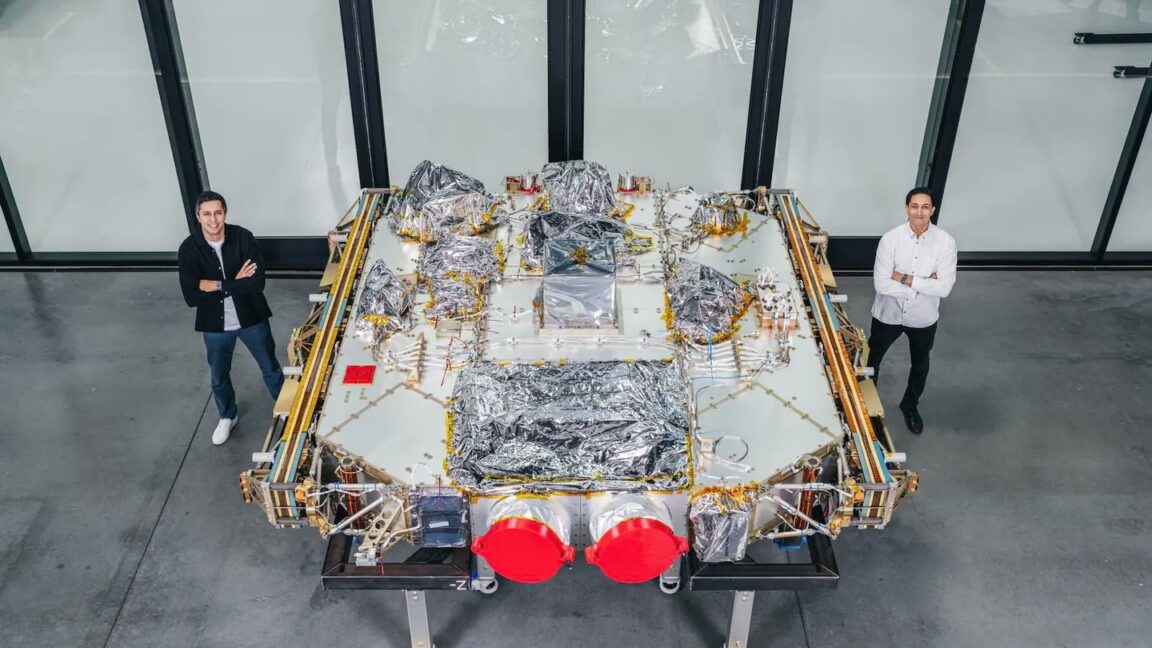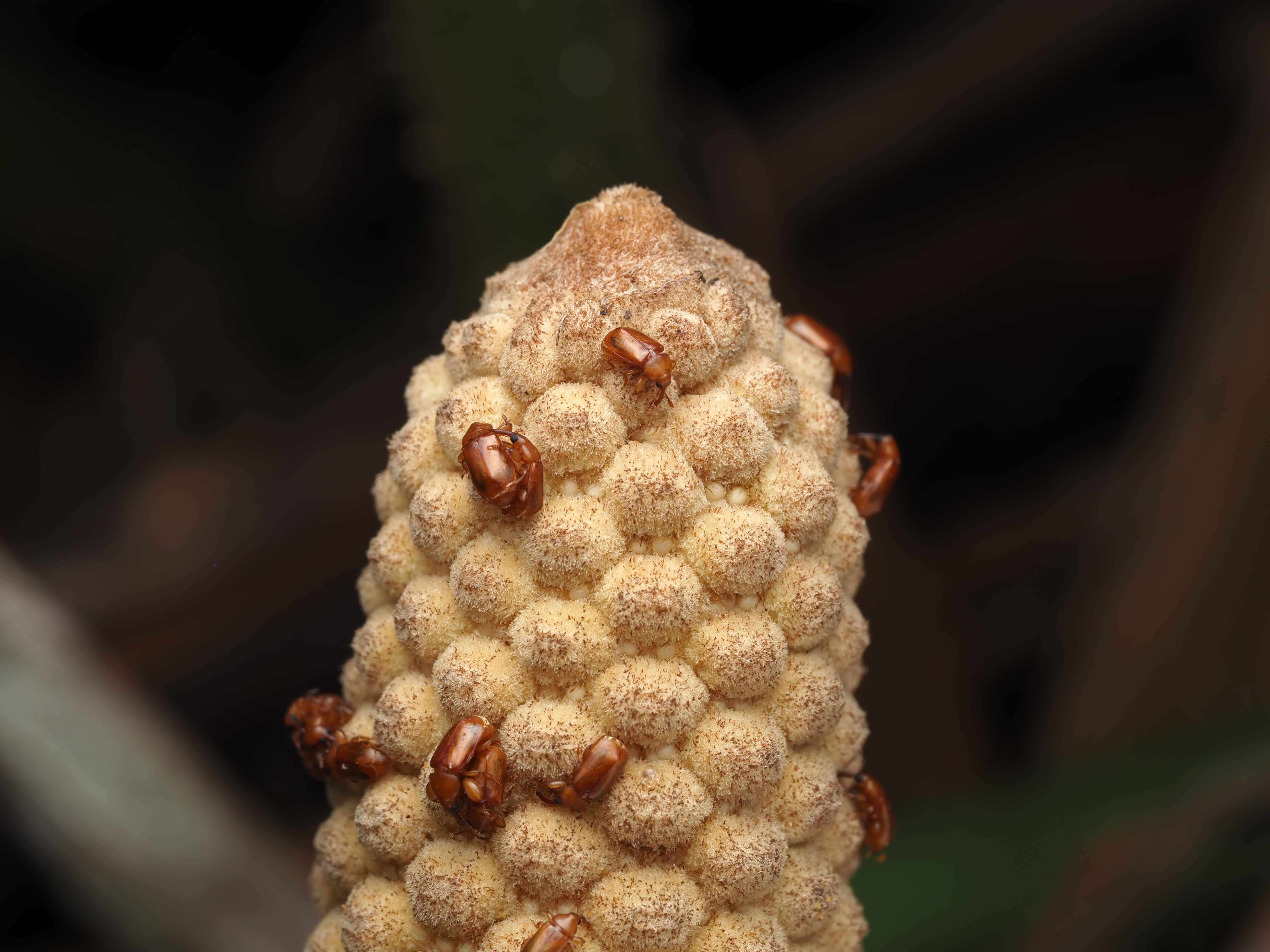A startup established three years ago to churn out a new class of high-power satellites has raised $250 million to ramp up production at its Southern California factory.
The company, named K2, announced the cash infusion on Thursday. K2’s Series C fundraising round was led by Redpoint Ventures, with additional funding from investment firms in the United States, the United Kingdom, and Germany. K2 has now raised more than $400 million since its founding in 2022 and is on track to launch its first major demonstration mission next year, officials said.
K2 aims to take advantage of a coming abundance of heavy- and super-heavy-lift launch capacity, with SpaceX’s Starship expected to begin deploying satellites as soon as next year. Blue Origin’s New Glenn rocket launched twice this year and will fly more in 2026 while engineers develop an even larger New Glenn with additional engines and more lift capability.
Underscoring this trend toward big rockets are other launchers like SpaceX’s Falcon 9 and Falcon Heavy, United Launch Alliance’s Vulcan, and new vehicles from companies like Rocket Lab, Relativity Space, and Firefly Aerospace. K2’s founders believe satellites will follow a similar progression, reversing a trend toward smaller spacecraft in recent years, to address emerging markets like in-space computing and data processing.
Mega, then Giga
K2 is designing two classes of satellites—Mega and Giga—that it will build at an 180,000-square-foot factory in Torrance, California. The company’s first “Mega Class” satellite is named Gravitas. It is scheduled to launch in March 2026 on a Falcon 9 rocket. Once in orbit, Gravitas will test several systems that are fundamental to K2’s growth strategy. One is a 2o-kilowatt Hall-effect thruster that K2 says will be four times more powerful than any such thruster flown to date. Gravitas will also deploy twin solar arrays capable of generating 20 kilowatts of power.
“Gravitas brings our full stack together for the first time,” said Karan Kunjur, K2’s co-founder and CEO, in a company press release. “We are validating the architecture in space, from high-voltage power and large solar arrays to our guidance and control algorithms, and a 20 kW Hall thruster, and we will scale based on measured performance.”
The US Space Force is funding the Gravitas demo mission. K2 says it has secured $500 million in “signed contracts” with commercial and US government customers.
K2 says Gravitas is “on par with the largest satellites that have ever been produced.” But K2 won’t stop there. The firm’s next satellite iteration, known as Giga, is specifically designed to fly on super-heavy rockets like Starship and New Glenn. Underpinning Giga is its ability to generate up to 100 kilowatts of power per satellite, several times more power than any spacecraft other than the International Space Station.
The idea is that K2 will manufacture the satellite chassis, and customers will use it to accommodate their own unique payloads. Examples of missions Giga can support include AI computing, high-throughput networks, and mass-produced giant telescopes for astronomy.
“Our north star is simple,” Kunjur said. “If we build these platforms well, we get to ask new questions about what’s possible in orbit.”
K2’s vertical integration strategy is different from legacy satellite manufacturers. Instead of buying components from a widely distributed supply chain, K2 says it has designed its own electric thruster, large solar arrays, radiation-tolerant avionics, reaction wheels, and more. The company flew a small mission in orbit earlier this year to test its flight computer and reaction wheel in low-Earth orbit.
This approach will reduce manufacturing costs, according to K2. But K2 also aims to scale up production to build numerous Mega- and Giga-class satellites to further drive down prices. K2’s founders believe there’s high demand for these massive satellite platforms, and rocket companies will soon be ready to send them to orbit.



















